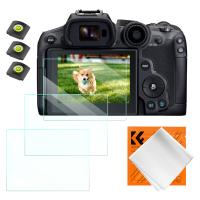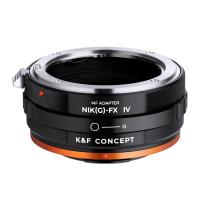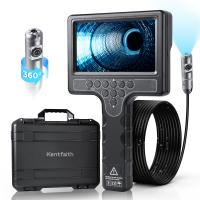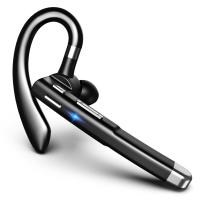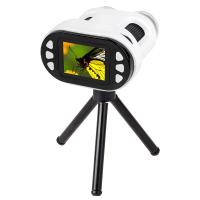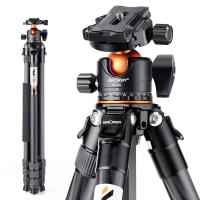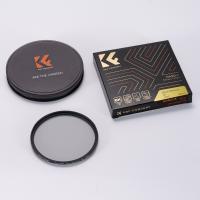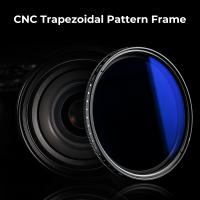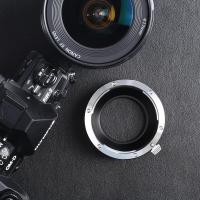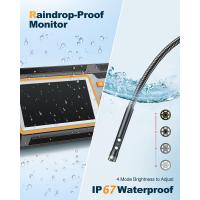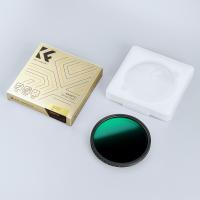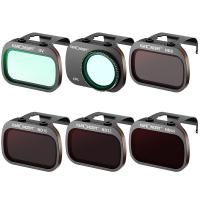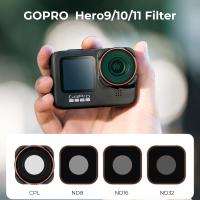What Is A Comparison Microscope Used For ?
A comparison microscope is a specialized microscope that allows the side-by-side comparison of two different specimens or objects. It is commonly used in forensic science to compare two pieces of evidence, such as hair or fibers, to determine if they came from the same source. The microscope has two separate optical paths, each with its own objective lens and eyepiece, which are combined into a single image that can be viewed by the user. This allows for a direct comparison of the two specimens, which can reveal similarities or differences that may be important in an investigation. The comparison microscope is also used in other fields, such as biology and materials science, where the ability to compare two specimens is important for research or analysis.
1、 Forensic analysis
A comparison microscope is a specialized tool used in forensic analysis to compare two or more objects side by side. This type of microscope allows the user to view two specimens simultaneously, making it easier to identify similarities and differences between them.
Forensic scientists use comparison microscopes to analyze a variety of evidence, including hair, fibers, and bullets. By comparing two samples under the microscope, they can determine if they came from the same source. For example, if two hairs found at a crime scene match under the microscope, it is likely that they came from the same person.
In recent years, the use of comparison microscopes in forensic analysis has become even more important. With advances in technology, forensic scientists can now analyze smaller and more complex samples than ever before. This means that comparison microscopes are essential tools for identifying and analyzing evidence in criminal investigations.
Overall, the comparison microscope is a critical tool in forensic analysis. It allows forensic scientists to compare and analyze evidence quickly and accurately, helping to solve crimes and bring justice to victims. As technology continues to advance, it is likely that the use of comparison microscopes in forensic analysis will become even more important in the years to come.

2、 Ballistics examination
A comparison microscope is a specialized tool used in forensic science to compare two objects side by side. It is commonly used in ballistics examination to compare bullets or cartridge cases found at a crime scene with those recovered from a suspect's firearm. The comparison microscope allows the examiner to view both objects simultaneously, making it easier to identify similarities or differences in their markings, such as striations or tool marks.
Ballistics examination is a crucial part of forensic science, as it can provide valuable evidence in criminal investigations. By analyzing the markings on bullets or cartridge cases, examiners can determine whether they were fired from a particular firearm, and potentially link a suspect to a crime scene. However, the use of comparison microscopes in ballistics examination has come under scrutiny in recent years, as some studies have questioned the reliability of this method.
One study published in the Journal of Forensic Sciences in 2018 found that examiners using comparison microscopes were more likely to make errors when comparing bullets with different types of rifling. Another study published in the same journal in 2019 found that examiners were more likely to make errors when comparing cartridge cases with different types of firing pin impressions. These findings suggest that while comparison microscopes can be a useful tool in ballistics examination, they should be used with caution and in conjunction with other methods of analysis.
In conclusion, a comparison microscope is a valuable tool in ballistics examination, allowing examiners to compare bullets or cartridge cases side by side. However, recent studies have raised concerns about the reliability of this method, highlighting the need for caution and additional analysis in forensic investigations.

3、 Toolmark identification
A comparison microscope is a specialized tool used in forensic science for toolmark identification. It is a powerful instrument that allows forensic examiners to compare two objects side by side under high magnification. The comparison microscope is used to analyze and compare toolmarks left on surfaces by different tools, such as screwdrivers, pliers, and hammers. By comparing the toolmarks left at a crime scene with those made by a suspect's tools, forensic examiners can determine whether or not the suspect's tools were used in the commission of the crime.
In recent years, the use of comparison microscopes has become increasingly important in forensic science. With the advent of new technologies and techniques, forensic examiners are now able to analyze toolmarks with greater accuracy and precision than ever before. This has led to a significant increase in the number of cases where toolmark identification has played a critical role in solving crimes.
Despite its importance, the use of comparison microscopes in forensic science is not without controversy. Some critics argue that the technique is subjective and prone to error, and that it should not be relied upon as the sole basis for a conviction. However, proponents of the technique argue that when used properly, comparison microscopes can provide valuable evidence that can help to solve crimes and bring criminals to justice.

4、 Document examination
A comparison microscope is a specialized tool used in forensic science for document examination. It is a powerful instrument that allows forensic examiners to compare two or more documents side by side, making it easier to identify similarities and differences between them. This tool is particularly useful in cases where the authenticity of a document is in question, such as in cases of forgery or fraud.
The comparison microscope works by using two separate optical paths that are combined into a single image. This allows the examiner to view two documents simultaneously, with each document appearing in a different color. By adjusting the focus and magnification of the microscope, the examiner can closely examine the details of each document and compare them for similarities and differences.
In recent years, the use of comparison microscopes in document examination has become increasingly important due to the rise of digital documents. With the widespread use of digital signatures and electronic documents, forensic examiners must now be able to compare digital documents as well as physical ones. This has led to the development of specialized software and hardware that can be used in conjunction with comparison microscopes to analyze digital documents.
Overall, the comparison microscope is an essential tool in the field of forensic document examination. Its ability to compare documents side by side allows examiners to identify even the smallest discrepancies, making it an invaluable tool in the fight against fraud and forgery.




















